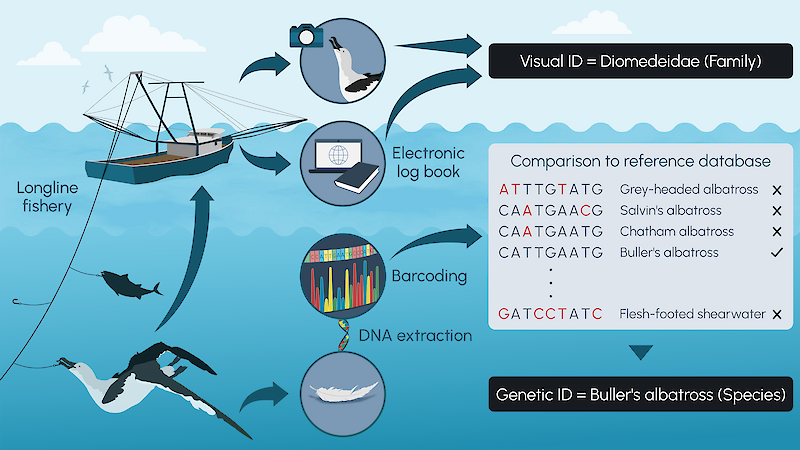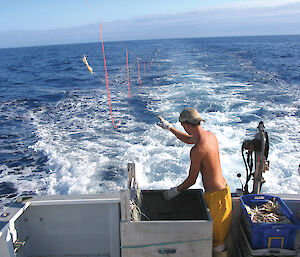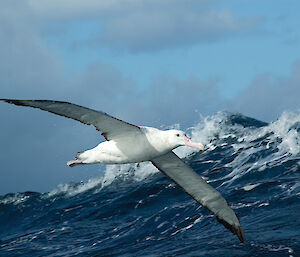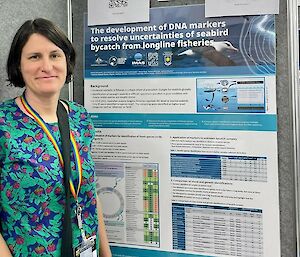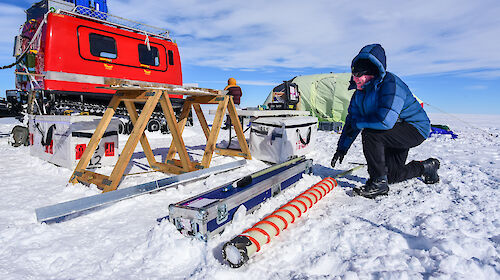The team used their DNA markers to amplify and sequence species-specific sections of DNA extracted from samples of known origin, such as blood or feathers collected at breeding sites.
These samples represented 36 seabird species listed under Australia’s National Recovery Plan for albatrosses and petrels.
The resulting 275 known-origin DNA sequences were used to develop a reference database of DNA sequences, which was then used to identify seabirds caught in longline fisheries between 2019 and 2022.
When the team tested their DNA markers on 59 feathers from these bycaught seabirds, and compared the results to visual identifications, 58 were genetically identified to species, while only two were correctly identified visually.
Dr Polanowski said the comparison highlighted the difficulty of visual identification and the need for alternative methods to obtain reliable bycatch data.
“Of 282 seabirds reported as bycatch between 2019 and 2022 in Australian longline fisheries, only 30 per cent could be identified to species level, with the rest grouped into broad categories such as ‘albatross’ or ‘bird’,” she said.
“This does not allow us to accurately quantify the impact of fishing at species or population levels, particularly for endangered and vulnerable seabird species.
“Our work shows that genetic methods can significantly help existing bycatch monitoring methods and our understanding of species-level impacts by specific fisheries, which improves conservation outcomes for threatened species.”
The team also assessed whether the DNA markers could be used to identify other albatross, petrel and shearwater species (collectively classified as Procellariiforms) with a 74 per cent success rate.
To improve this success rate, Dr Polanowski said further work to include reference DNA sequences in the database, for many species, is needed.
“The ability to differentiate between species is directly related to the choice of DNA markers and the reference database quality and completeness,” she said.
“Improved reference databases are essential to expand from single species studies to broader family group analyses.
“Our work provides a standardised approach to detect seabird bycatch in Australian fisheries and a step towards a more global approach for resolving Procellariiform bycatch to species level.”
The research was published in Ecology and Evolution in November.



